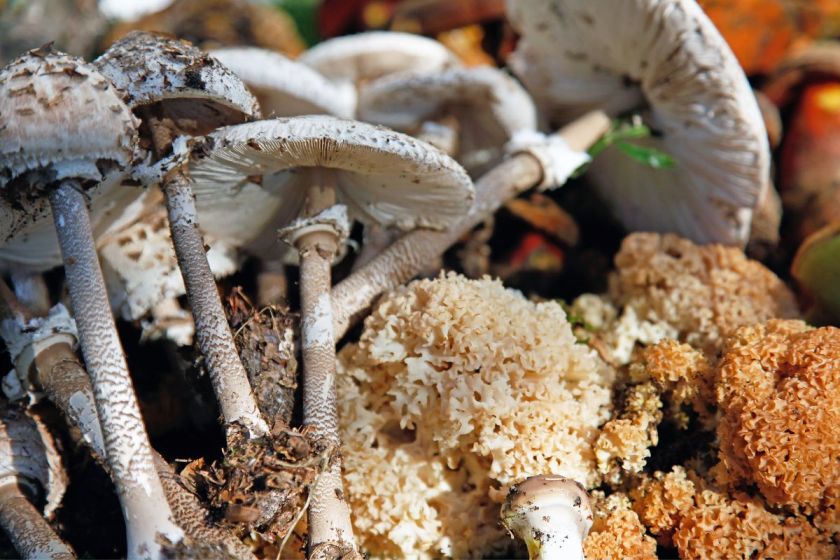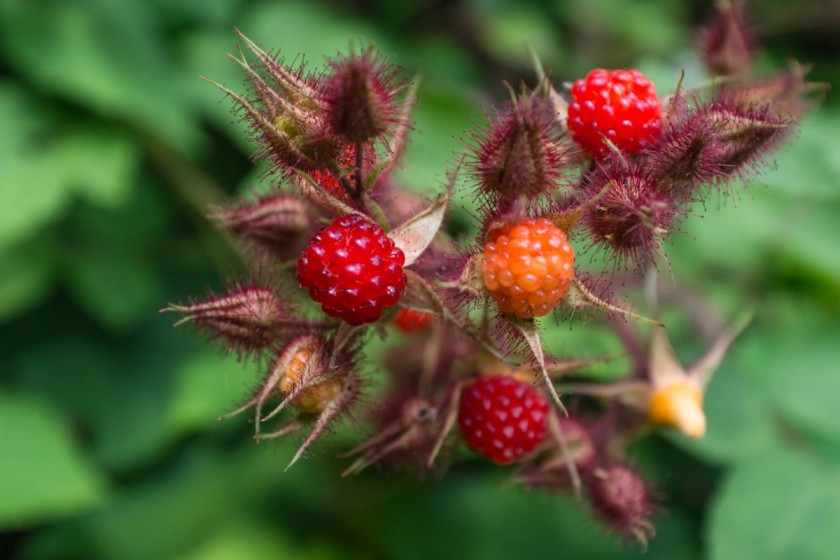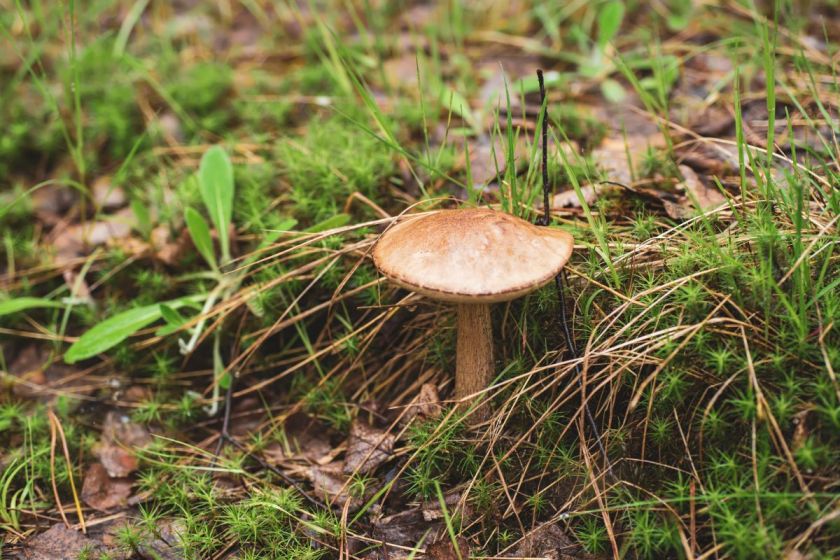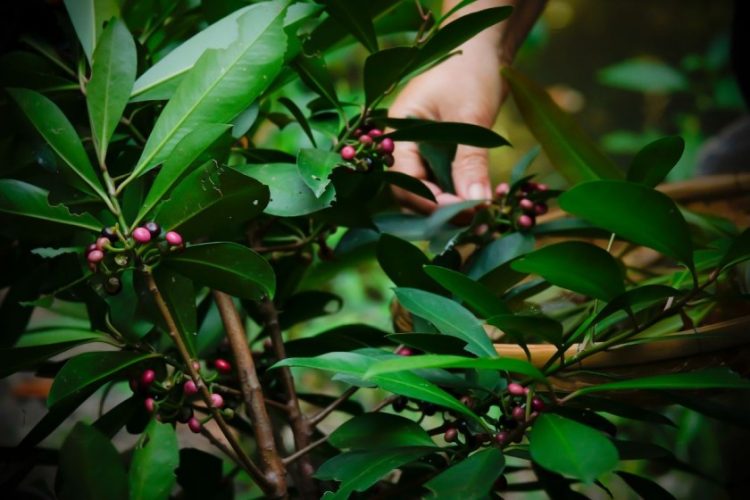In the culinary world, the trend of foraging for wild edibles has taken root and blossomed into a full-fledged movement. Chefs and food enthusiasts are rediscovering the age-old practice of gathering wild plants, mushrooms, and herbs to incorporate them into modern cuisine. This article delves into the fascinating realm of foraging, exploring the art, benefits, and considerations of using wild edibles in contemporary cooking.
What is Foraging?
Foraging, the act of gathering food from the wild, is a practice as old as humanity itself. In recent years, it has experienced a resurgence in popularity, thanks in part to the locavore movement and the desire for unique, locally sourced ingredients.
Let’s venture on a journey through the art of foraging and discover how it has evolved in the modern culinary landscape.
A Historical Perspective
The history of foraging dates back to our hunter-gatherer ancestors, who relied on the bounty of nature to sustain themselves. Over time, as agriculture became the primary means of food production, foraging took a back seat. However, it never truly disappeared and has continued to thrive in various cultures worldwide.
The Modern Foraging Renaissance
In recent decades, foraging has experienced a renaissance, with chefs and food enthusiasts seeking to reconnect with nature and explore the culinary possibilities hidden in the wild. This revival has led to the incorporation of wild edibles into the menus of some of the world’s finest restaurants.

Safety First: Identifying Wild Edibles
Before venturing into the world of foraging, it’s crucial to prioritize safety. Identifying edible plants accurately is paramount to avoid any potential health risks.
Field Guides and Apps
Invest in field guides or use foraging apps that provide detailed information on edible plants. These resources often include photographs, descriptions, and information on poisonous look-alikes. You can also search with Google Lens and check on Google whether the plant on fungi is edible or not.
Consulting Experts
If you’re new to foraging, consider joining local foraging groups or consulting with experts. Learning from experienced foragers can help you build the necessary skills and knowledge.

Foraging Tools of the Trade
To embark on a successful foraging expedition, you’ll need the right tools. Here are some essential items to consider:
Baskets and Bags: A sturdy basket or bag is essential for collecting your finds. Avoid plastic bags, as they can cause plants to sweat and deteriorate quickly.
Gloves and Hand Trowels: Protect your hands with gloves and carry a small hand trowel for digging up root vegetables or tubers.
GPS and Maps: Foraging often takes you deep into the woods or fields. Ensure you have a GPS device and maps to avoid getting lost.
The Seasonal Bounty: What to Forage When
Different seasons offer distinct foraging opportunities. Here’s a breakdown of what you can expect throughout the year:
Spring: Spring brings a wealth of tender greens like ramps, fiddleheads, and morel mushrooms.
Summer: Summer yields an abundance of berries, including raspberries, blueberries, and wild strawberries.
Fall: Fall is known for its variety of nuts such as acorns and chestnuts, as well as edible mushrooms like chanterelles.
Winter: While winter foraging is more challenging, you can still find evergreen needles for making vitamin C-rich teas and coniferous tree buds for infusions.

Wild Edibles in Modern Cuisine
Now that you’ve gathered your wild edibles, it’s time to put them to good use in the kitchen. Here are some creative ways to incorporate foraged ingredients into modern cuisine:
Salads and Garnishes
Wild greens and edible flowers can add vibrant colors and unique flavors to salads and garnishes.
Infusions and Tinctures
Foraged herbs and berries can be used to create delightful infusions and tinctures, perfect for cocktails and desserts.
Foraged Teas and Beverages
Experiment with wild herbs, leaves, and berries to brew flavorful teas and refreshing beverages.
Gourmet Foraged Dishes
Foraging can elevate your culinary skills by allowing you to create gourmet dishes with a touch of wild flavor. Think wild mushroom risotto, nettle pesto, or elderflower cordial.
Conclusion
The art of foraging is a delightful journey that not only connects us with nature but also offers a sustainable, cost-effective, and creative approach to modern cuisine. So, why not step outside, explore the world of wild edibles, and embark on your own culinary adventure? With the right knowledge and a sense of curiosity, the possibilities are endless.
Frequently Asked Questions
Foraging laws vary by location, so it’s essential to research and follow local regulations. In some areas, foraging may be restricted or require permits.
No, not all wild mushrooms are safe for consumption. Some can be toxic, so it’s crucial to have in-depth knowledge or consult with an experienced forager before consuming wild mushrooms.
Yes, you can forage in urban areas, but be mindful of pollution and contaminants. Seek out parks and green spaces, and always wash foraged items thoroughly.
Consider joining local foraging groups, attending workshops, or using reputable field guides to expand your knowledge and foraging skills.
Yes, there are several foraging apps available that can help you identify wild edibles and share information with the foraging community. Be sure to choose a trusted and reliable app for accurate information.
Victoria Cornell is an experienced entrepreneur and blogger. She loves to write about a variation of topics including, motherhood, recipes and mindset and manifestation!


























I learned something new today. Please improve the speed of you website.